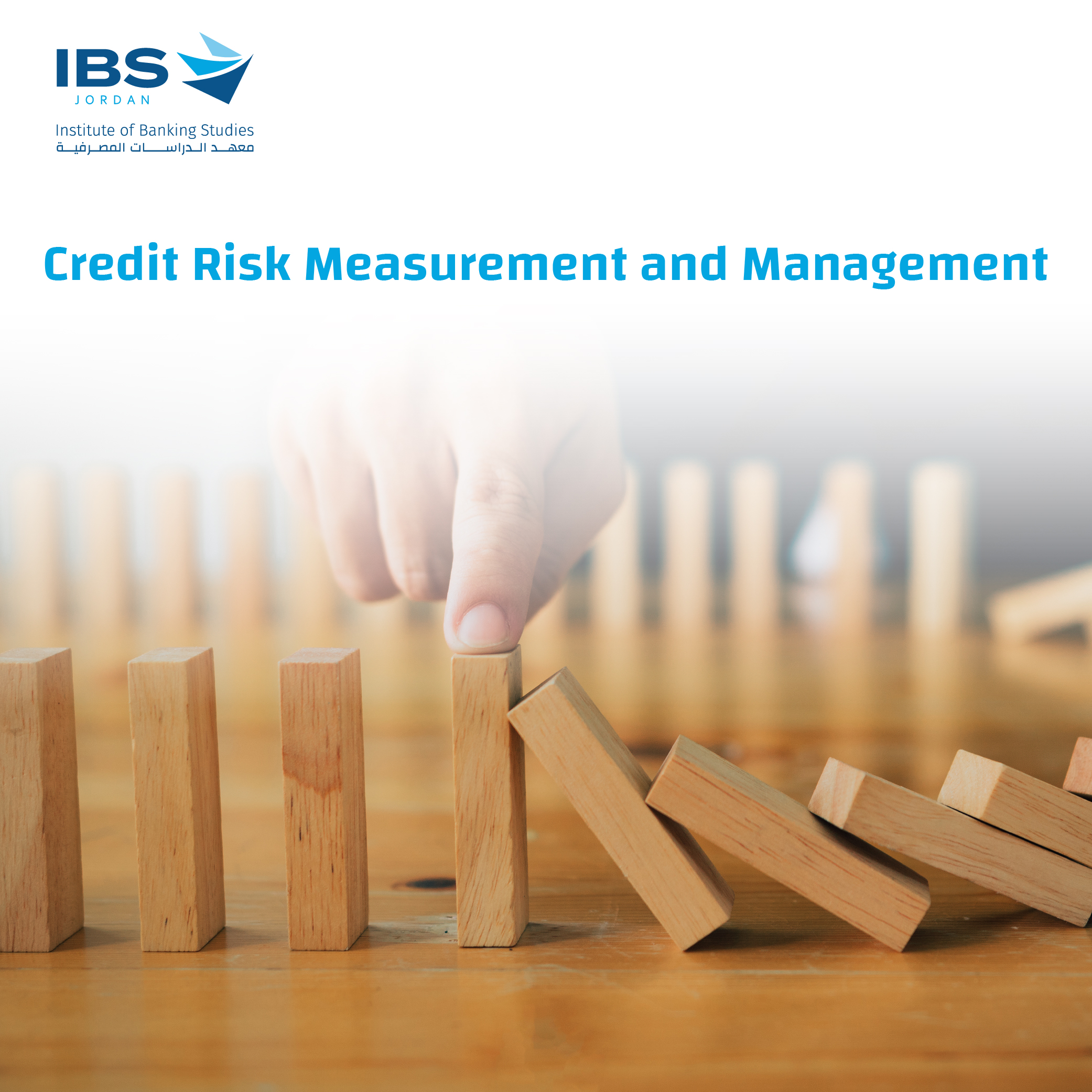
By the end of this training course, trainees will be able to :
- Describe and understand the credit instruments types and characteristics.
- Describe the entire credit life cycle from origination to repayment.
- Analyze and describe the credit risk drivers.
- Understand the difference between Credit risk and Counterparty risk.
- Analyze and compare credit risk evaluation methodologies and concepts.
- Describe external rating scales, the rating process, and the link between ratings and default.
- Compare external and internal ratings approaches.
- Identify and describe important factors used to calculate economic capital for credit risk: probability of default, exposure, and loss rate.
- Define and calculate expected loss (EL) and unexpected loss (UL).
- Describe challenges to quantifying credit risk.
- Interpret the main approaches used to model credit risk in a portfolio context and understand the pros and cons of each approach.
- Describe the tools and methodologies used to mitigate credit risk.
- Understand the Credit Risk Stress testing methodologies.
- Professionals working in:
- Credit .
- Risk .
- Capital Management.
- Regulatory Compliance.
- Audit.
This area focuses on credit risk measurement and management techniques to acquire a comprehensive and practical understanding of credit risk management. The broad knowledge points covered in Credit Risk Measurement and Management include the following:
- Credit analysis.
- RWA – Risk Weighted Assets for Credit Risk .
- Drivers of Credit Risk: Probability of Default, Exposure at Default, Loss Given Default.
- Probability of Default: Individual and Collective methodologies.
- Expected and unexpected loss.
- Credit Risk rating agencies .
- Credit Risk Models - Risk Rating (quantitative & qualitative) and Credit Scoring (Scorecards).
- Credit Risk Governance in banks.
- Introduction to Credit Risk :
- Lenders and borrowers.
- Types and Characteristics of Credit Products .
- The Credit Process .
- The Credit Analysis Process .
- Drivers of Credit Risk:
- Probability of Default.
- Exposure at Default .
- Loss Given Default.
- Settlement risk and pre-settlement risk.
- Credit Risk and Counterparty Risk.
- Case study: Role of securitization in the 2007-08 financial crisis.
- Measurement of Credit Risk :
- Measurement Tools Progression:
- Notional amount.
- Risk-weighted amounts .
- Notional amounts combined with credit ratings .
- Internal portfolio credit models.
- Default Risk .
- Recovery rates.
- Credit Conversion Factors.
- Credit Risk Mitigation.
- Practical exercises of credit risk exposures.
- Default and Credit Migration:
- Credit rating and credit spread.
- Agency ratings.
- Credit Scoring and internal models.
- Portfolio Credit Risk Models
- Case Study.
- Managing Credit Risk:
- IFRS9/NPL Classification and Provisioning.
- Expected and unexpected risk (RAROC).
- Measuring the Distribution of Credit Losses .
- Measuring Expected Credit Loss .
- Measuring Credit VaR.
- Default probabilities and term structures of default rates.
- Credit Risk Stress Testing .
